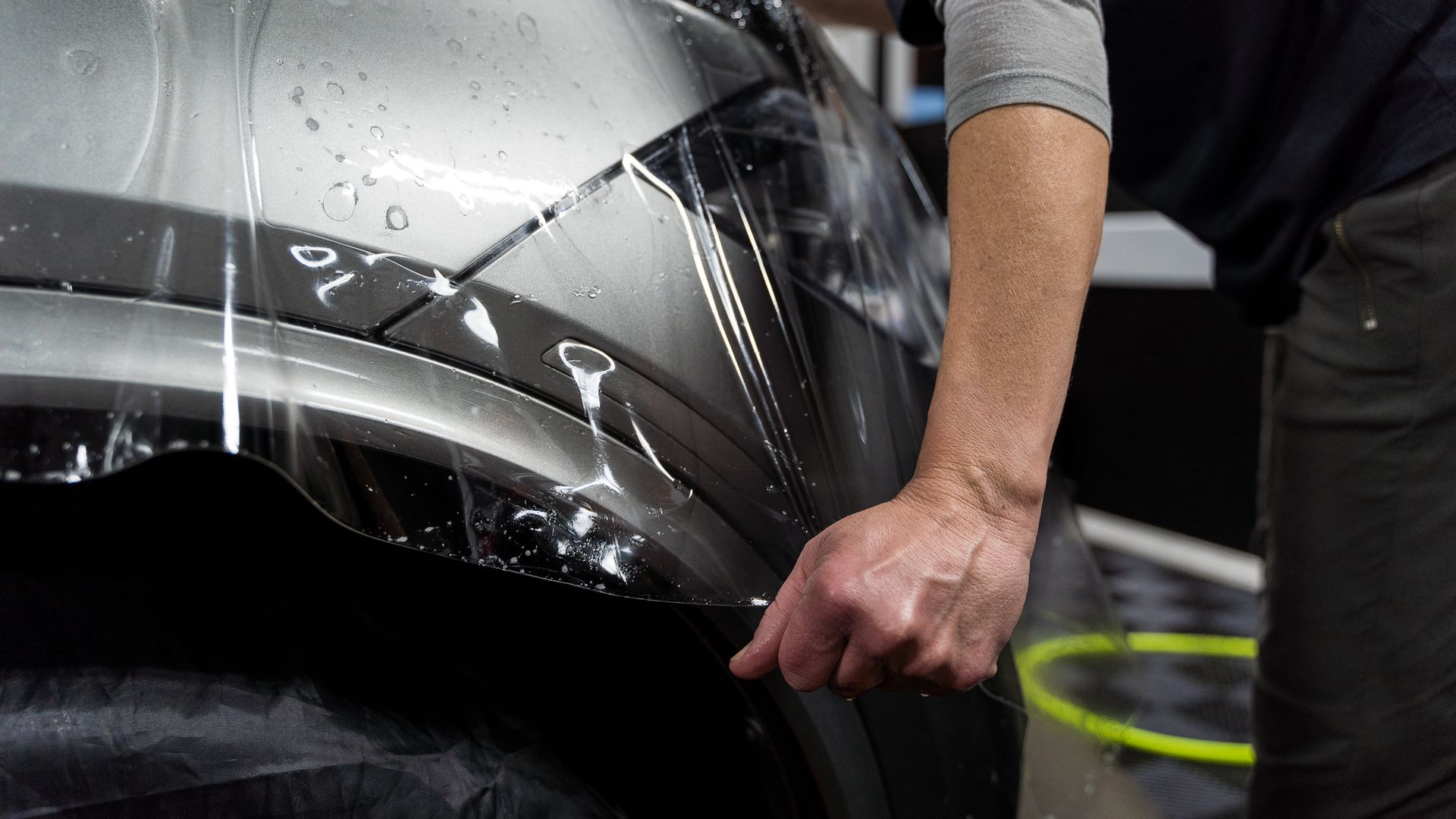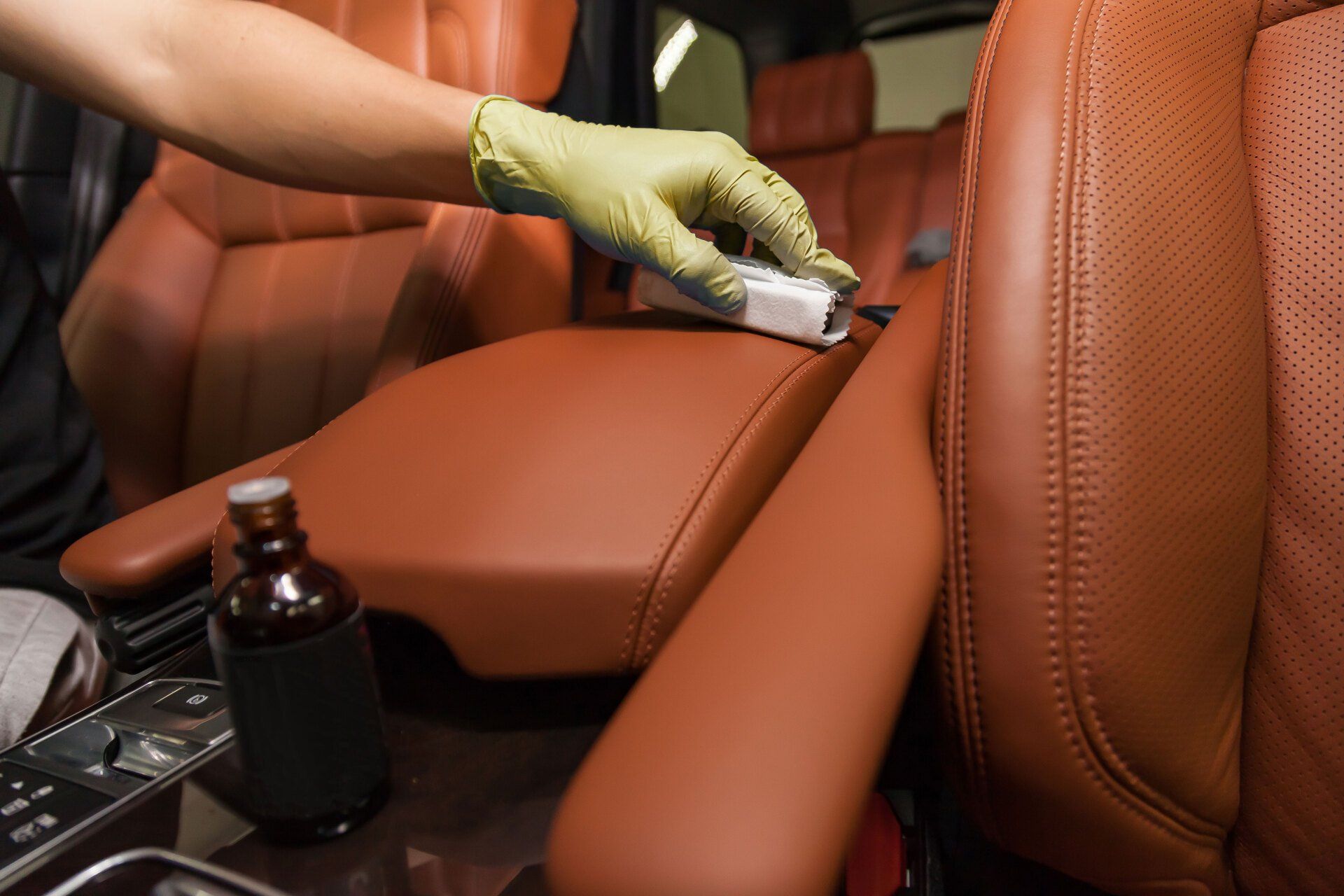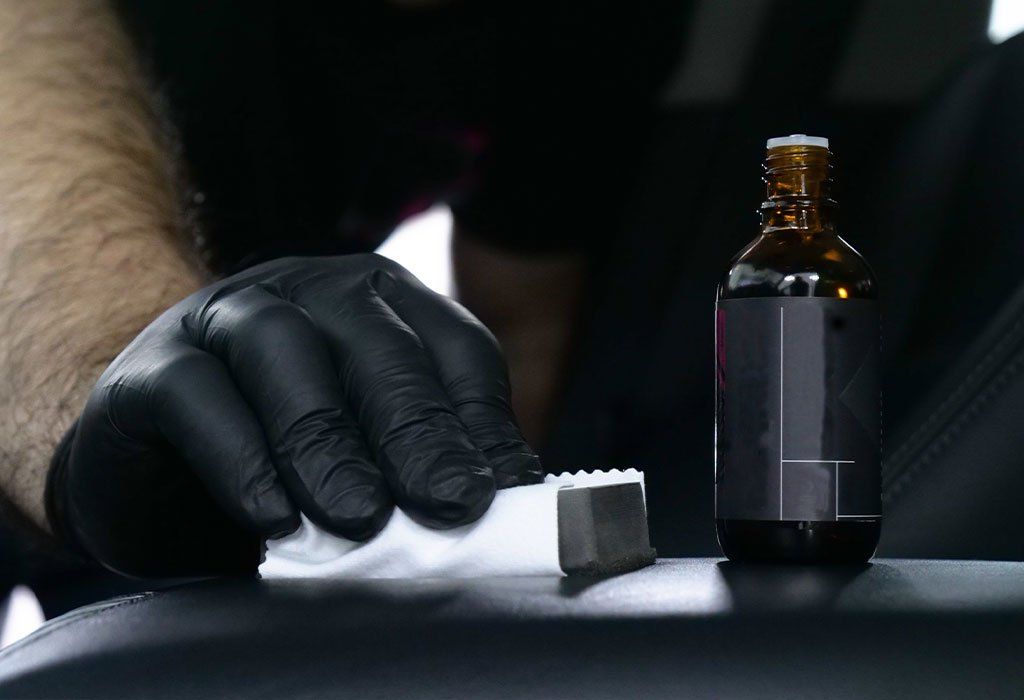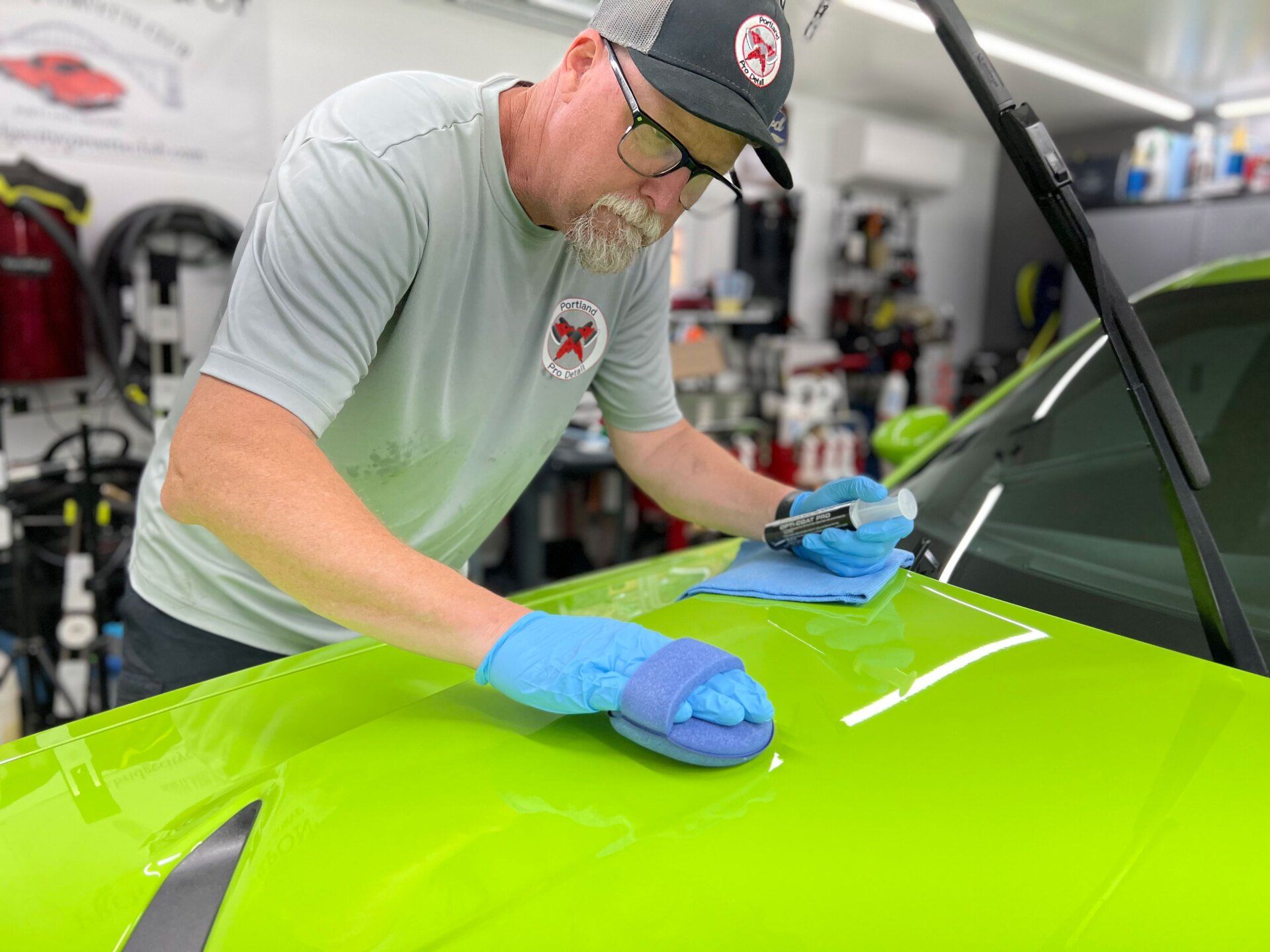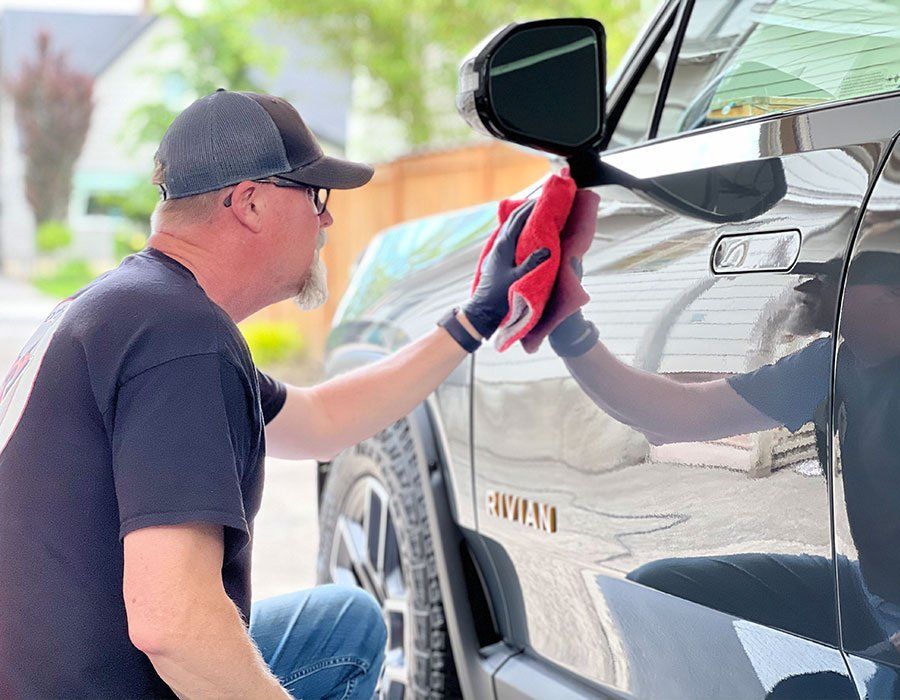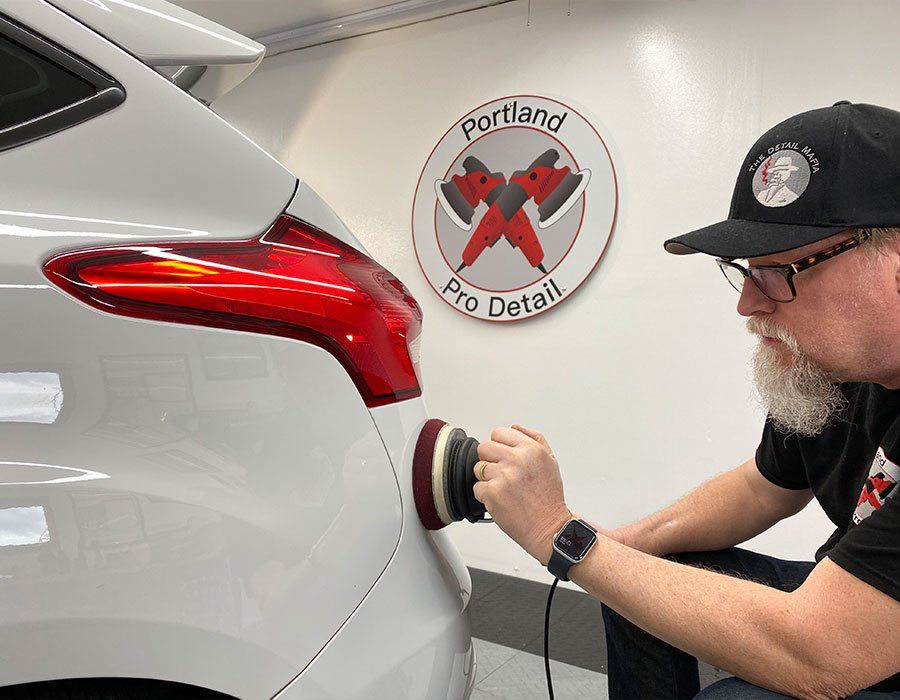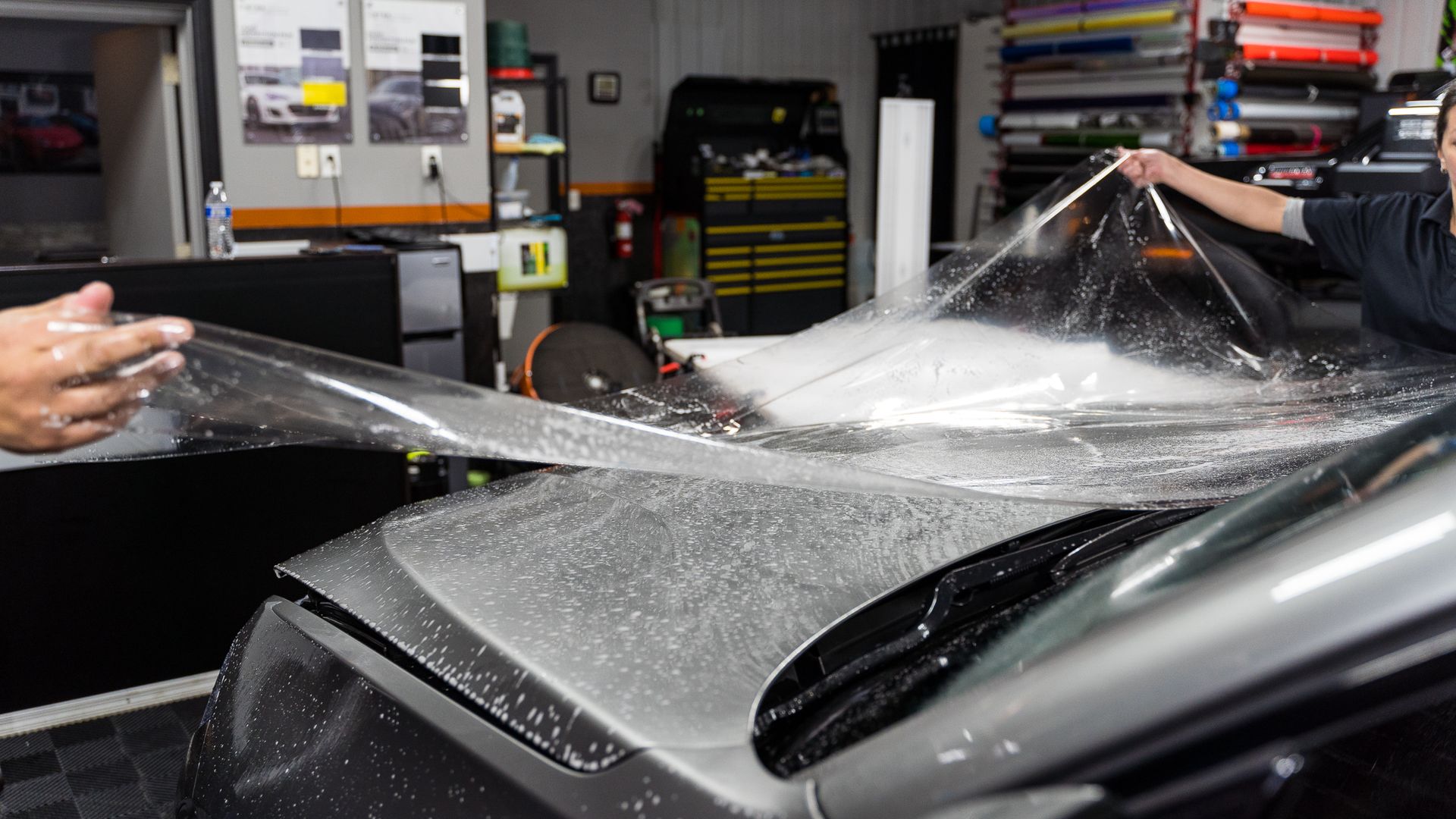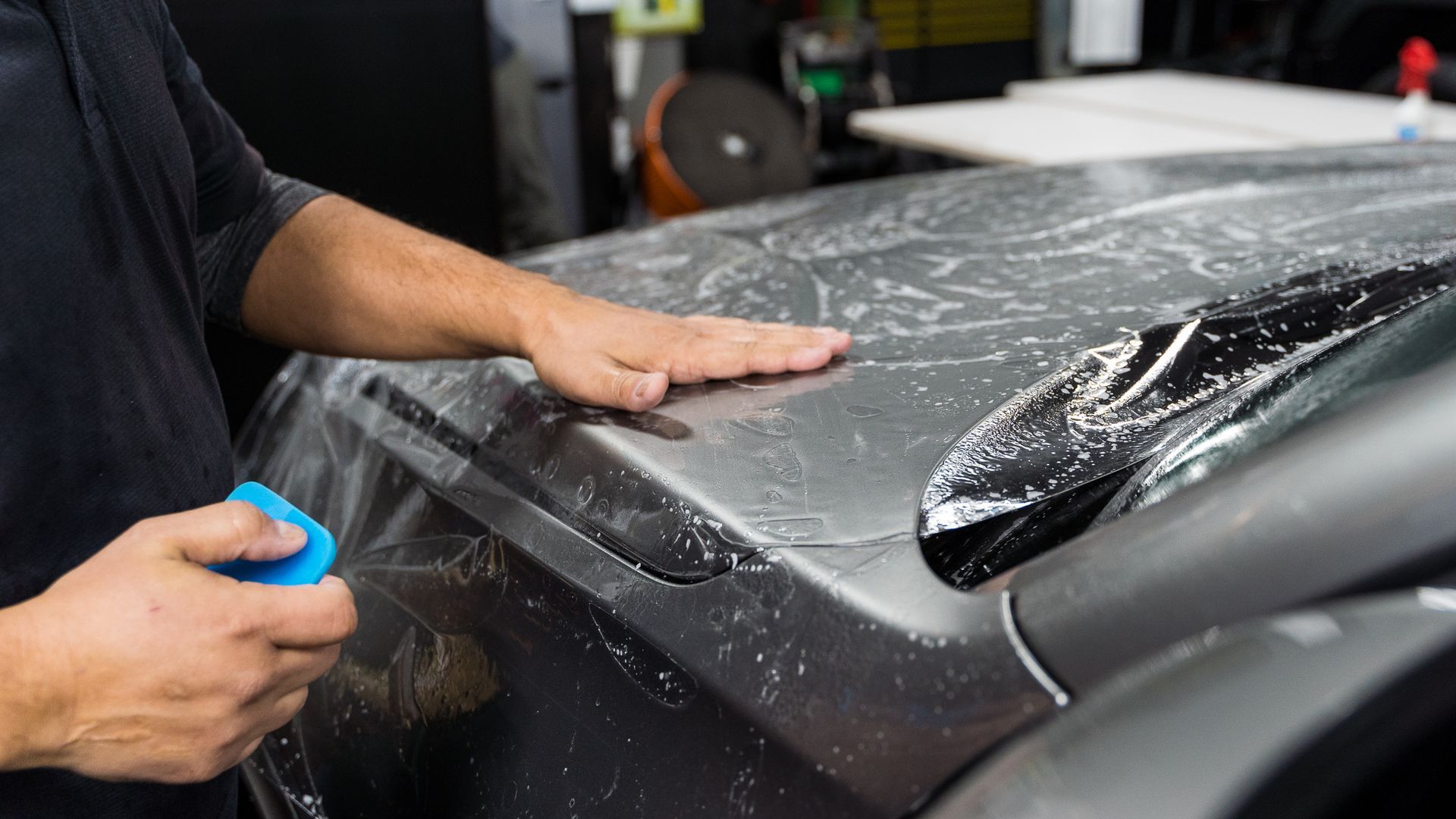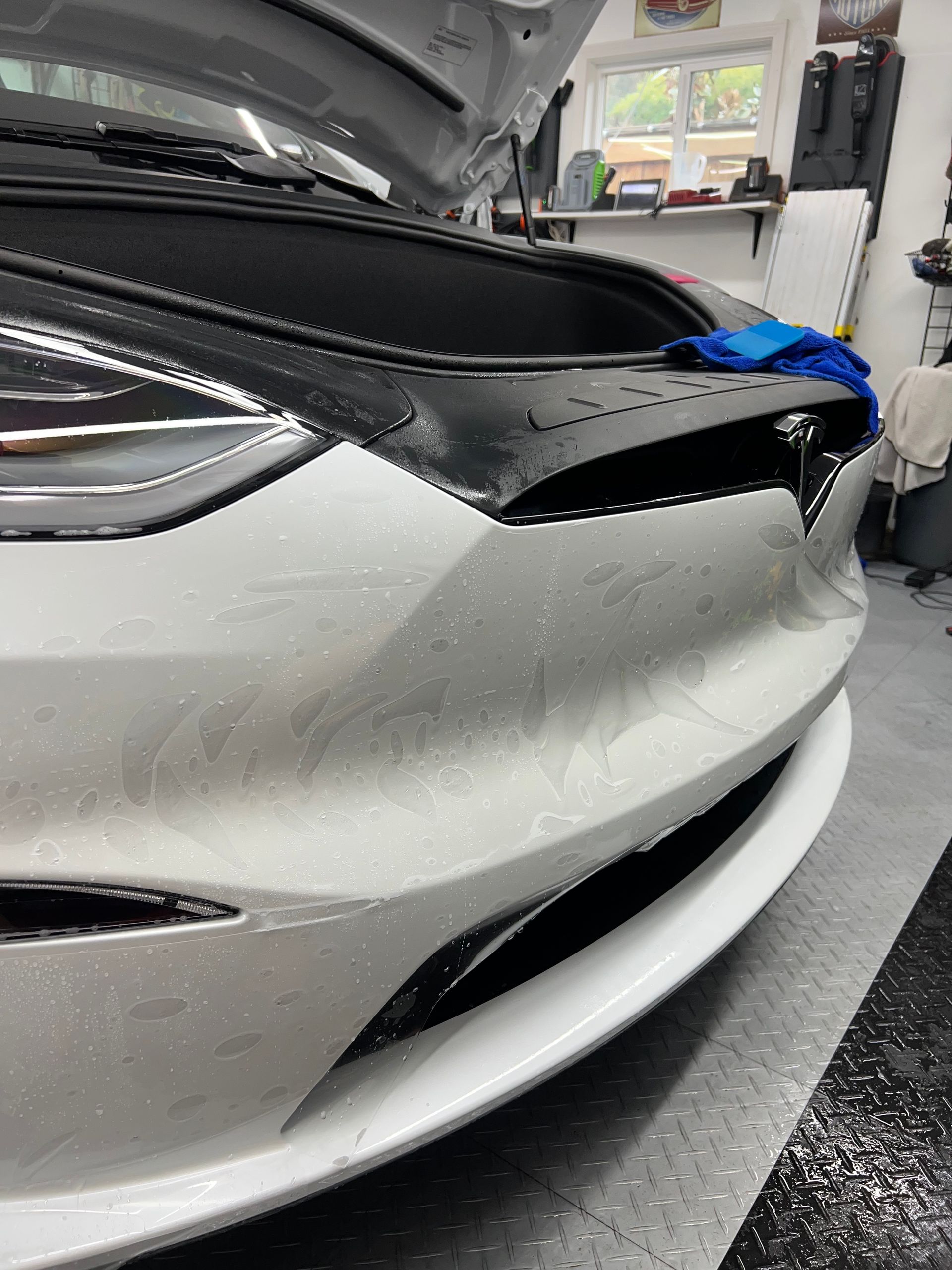How PPF Works: Save Money on Paint Repairs and Touch-Ups
CALL (503) 444-7415
Are you tired of seeing chips and scratches marring your vehicle's pristine paint? If so, you’re not alone. Many car owners share the frustration of wanting to keep their cars looking brand new while grappling with the daily wear and tear that comes from driving. Fortunately, there’s a solution that offers both protection and peace of mind: paint protection film. By creating a strong barrier between your vehicle and environmental hazards, PPF can save you money on costly repairs down the line while ensuring your car always looks its best.
Paint protection film can save money on paint repairs and touch-ups by providing a durable barrier against chips, scratches, and environmental damage to your vehicle's surface. By investing in PPF, vehicle owners reduce the frequency of costly repainting and maintain their car's aesthetic appeal, ultimately leading to long-term financial savings despite the higher initial installation cost.
Protection Against Scratches and Chips
One of the remarkable features of paint protection film is its ability to serve as a formidable barrier against scratches and chips. This slim yet sturdy layer of thermoplastic urethane is more than just a clear coat; it provides robust protection over your vehicle’s paintwork. When you drive, your car inevitably encounters hazards ranging from gravel to rogue branches, all potential threats to your paint. Yet, with a quality PPF application, these risks are significantly mitigated.
The key lies in how this film functions. A paint protection film is designed to absorb impacts, allowing it to take the brunt of damage that might otherwise mar your vehicle's finish. Vehicles equipped with PPF experience up to a 70% reduction in paint scratches compared to those going without it. This tangible reduction not only enhances the aesthetic appeal but also translates into economic savings; the average cost for repainting a scratch can reach $500. It's easy to see why investing in PPF could be more cost-effective in the long run.
Imagine taking a road trip down a gravel-laden country road. Each time you encounter flying stones or debris, your heart races a little—worried about possible chips or scratches. But with a paint protection film installed, you can navigate those treacherous paths with confidence, knowing that your vehicle is protected. Additionally, these protective films not only guard against physical threats but also combat environmental damage such as UV rays and acid rain that can hasten paint deterioration.
Saving on Long-Term Repair Costs
Long-term savings is one of the most compelling reasons to invest in paint protection film. Many people get caught up in the initial costs and overlook the significant long-term benefits. While the first installation of paint protection film may set you back around $2,000-$5,000, it can actually save you money by reducing the need for frequent touch-up paint jobs. Consider that each touch-up job can range between $300 and $500.
Now, think about how quickly those expenses can accumulate over time. If you need just three touch-up jobs per year for minor dings, you're looking at an annual expenditure of between $1,200 and $1,500. Over a four-year period, those repairs could total a staggering $4,800! When compared against the initial cost of paint protection film, which typically incurs no extra fees once installed, the savings become clear.
After four years without touching your paint due to PPF’s protective layer, consider how much you've saved: essentially all of your previous painting expenditures would have been entirely avoided. For many owners who care about their vehicles' aesthetics and resale value, that upfront cost starts to make sense when juxtaposed with potential future costs.
Maintaining Aesthetic Appeal
Beyond financial savings, maintaining your vehicle's aesthetic appeal is another crucial benefit of paint protection film. Over time, the elements can wear down even the most beautiful paint jobs, resulting in unsightly chips, scratches, and fading. This is where PPF shines, acting as a resilient shield that keeps your vehicle looking pristine for years. Many vehicle owners don't realize that a comprehensive protective layer can enhance not only how their car appears but also its overall value.
Enhancing Resale Value
One of the most surprising aspects of this is that keeping your car looking new can significantly enhance its resale value; buyers are often willing to pay a premium for a well-maintained vehicle. Imagine pulling into a parking lot with a glossy finish and bold colors that catch everyone’s eye—the difference speaks volumes. Consider two similar cars parked side by side at an auto dealership. One has chipped paint and visible imperfections from years of driving without protection, while the other boasts a pristine exterior shielded by PPF. The latter vehicle will undoubtedly attract more buyers and make a striking impression.
Investing in a paint protection film isn’t just about protecting your investment—it becomes a tool for increasing worth when it comes time to sell or trade in. Prospective buyers are generally more inclined to choose a car that looks cared for over one with visible wear and tear. The investment you make today could translate into substantial returns later, not to mention the pride you'll take in driving a car that turns heads. Whether you're planning to keep your vehicle for the long haul or considering future resale, applying PPF is more than merely practical; it's an intelligent investment in aesthetics and future financial gains. By prioritizing the upkeep of your car's appearance with PPF, you're setting yourself up for success both on the road and at the dealer’s lot.
Ease of Application and Maintenance
Many car owners worry about the application process of PPF, yet it is far more accessible than one might think. In fact, professional installers typically complete the entire installation within just a couple of hours. The process is straightforward, providing peace of mind to those contemplating this investment for their vehicle's protection. Imagine walking into a shop and leaving with your car shielded from scratches and dents in no time.
- Steps for Application: The journey begins with several key steps. First and foremost, the vehicle's surface undergoes a meticulous cleaning process. This step is crucial because any lingering dirt or wax can hinder the film’s adherence, potentially leading to unsatisfactory results down the line. Once it's spotless, the PPF is carefully positioned on the desired surface—paying close attention to align it properly. Then comes the magic moment: using a specialized lubricating solution, the film is gently adhered to follow every contour of your car. A bond forms that will protect your vehicle over years to come. Following adherence, excess film is trimmed away, allowing for a perfect fit around edges and curves that would otherwise leave gaps prone to exposure. Any remaining bubbles are meticulously smoothed out, ensuring that your car looks flawless.
- Simplified Maintenance: After having installed PPF on your vehicle, maintaining its appearance becomes equally uncomplicated. Regular washing with a pH-neutral car shampoo is all that's needed to keep it looking fresh and vibrant. It’s imperative to avoid harsh chemicals during cleaning; these can degrade the integrity of the film over time. Instead, embracing gentle care routines helps extend the life of your PPF while also preserving that showroom shine you fell in love with at first sight. Additionally, periodic inspections every few months assist in identifying any potential issues before they escalate. A keen eye for signs like yellowing or wear will save you trouble down the road and increase the longevity of this protective layer. When cared for correctly, high-quality PPF can last five to ten years—making it not just a smart investment but a lasting one as well.
Evaluating Costs and Benefits
Weighing the costs against the benefits is crucial when considering paint protection film. While the upfront investment might give you pause—quotes ranging from $2,500 to even $7,400 depending on location and service provider—it’s important to remember that this amount can be a wise choice in the long run. Initially, it may feel like you’re spending a lot, but many find that the advantages far outweigh these costs. Picture this: a freshly painted car gleaming in the sunlight, showcasing its beauty while enhancing longevity.
The real strength of paint protection film lies in its durability. Unlike bare paint, which succumbs to chips and scratches from daily driving, PPF acts as a sturdy shield for your car. It protects against minor bumps and scrapes that might occur in parking lots or from road debris. Imagine a scenario where a car owner skips installing PPF altogether. Over time, they might find themselves returning to the body shop multiple times for expensive touch-ups or complete re-sprays due to damage. With those compounded costs, they could end up spending significantly more than if they had opted for PPF in the first place.
Now let's talk about peace of mind. When you invest in a paint protection film, you're not only protecting your vehicle but also enhancing its resale value. A well-maintained car often commands a higher price when it's time to sell or trade in. Buyers are always drawn to vehicles that look pristine and offer assurance that they've been cared for appropriately. It’s also worth considering how environmental factors come into play; things like UV rays and corrosive substances can cause paintwork to fade or degrade over time. PPF provides an added defense against these elements too.
Looking at all these aspects, we see a clear picture emerging: The benefits of installing a paint protection film—protection against damages, monetary savings on repairs, maintaining aesthetic appeal, and ensuring better resale value—truly begin to add up. These advantages often outweigh the initial investment when you consider how much longer your car's finish will last without significant wear and tear due to outside factors.
Comparing Alternatives to PPF
While paint protection film is often celebrated for its resilience, there are other methods in the marketplace that deserve attention. Two noteworthy alternatives to consider are ceramic coatings and traditional waxing. Each approach caters to different needs and preferences, allowing car owners to choose what best suits their vehicle and lifestyle.
- Ceramic Coatings: Ceramic coatings have gained popularity for their innovative technology. Unlike paint protection film, which provides thick coverage, ceramic coatings involve applying a liquid polymer that chemically bonds with the factory paint. This process creates a thin layer of protection that enhances the vehicle's shine and offers some resistance against minor scratches and contaminants. However, one major caveat is the lack of impact resistance; while ceramic coatings repel dirt and make washing easier, they cannot absorb or deflect stones like PPF can. For those seeking longevity without frequent reapplication, ceramic coatings seem appealing—but they still fall short in terms of physical defense.
- Traditional Waxing: On the other hand, there's traditional waxing, a method favored for its simplicity and affordability. Traditional waxing involves spreading a protective wax over your vehicle's paint—a straightforward process that can be done at home or through professional services. Wax creates a barrier against dirt and UV rays but has limitations. Its protection is substantial but temporary; enthusiasts will need to reapply it every few months to maintain effectiveness. Despite having an initial cost that’s significantly lower—approximately $50 to $100 per application—over time, these repetitive expenses can accumulate. In essence, while waxing offers short-term solutions, vehicle owners might find themselves spending as much as they would on more durable options if they aren't careful.
Ceramic coatings offer longevity and a high gloss finish but come up short on impact resistance compared to paint protection film. Meanwhile, traditional waxing is budget-friendly but demands consistent maintenance to ensure continued protection. While these alternatives might fit certain scenarios or budgets temporarily, neither ceramic coatings nor waxing can quite measure up to the comprehensive protection offered by PPF. As such, for those seeking a robust long-term investment in care for their vehicles, a paint protection film remains the preferred choice.
Unmatched Paint Protection Film Services in Portland, OR
Defend your vehicle's paint from road debris, rock chips, and scratches with Portland Pro Detail’s
expert paint protection film installation. Our precision-applied, high-quality films act as an invisible shield, preserving your car’s flawless finish without altering its appearance. With meticulous attention to detail, we ensure seamless coverage that offers long-lasting protection for your investment. Schedule your paint protection film service today and enjoy peace of mind every time you hit the road. Call us at (503) 444-7415 to get started!
Portland Pro Detail Blog
